Our Approach
We live and breathe Agile.
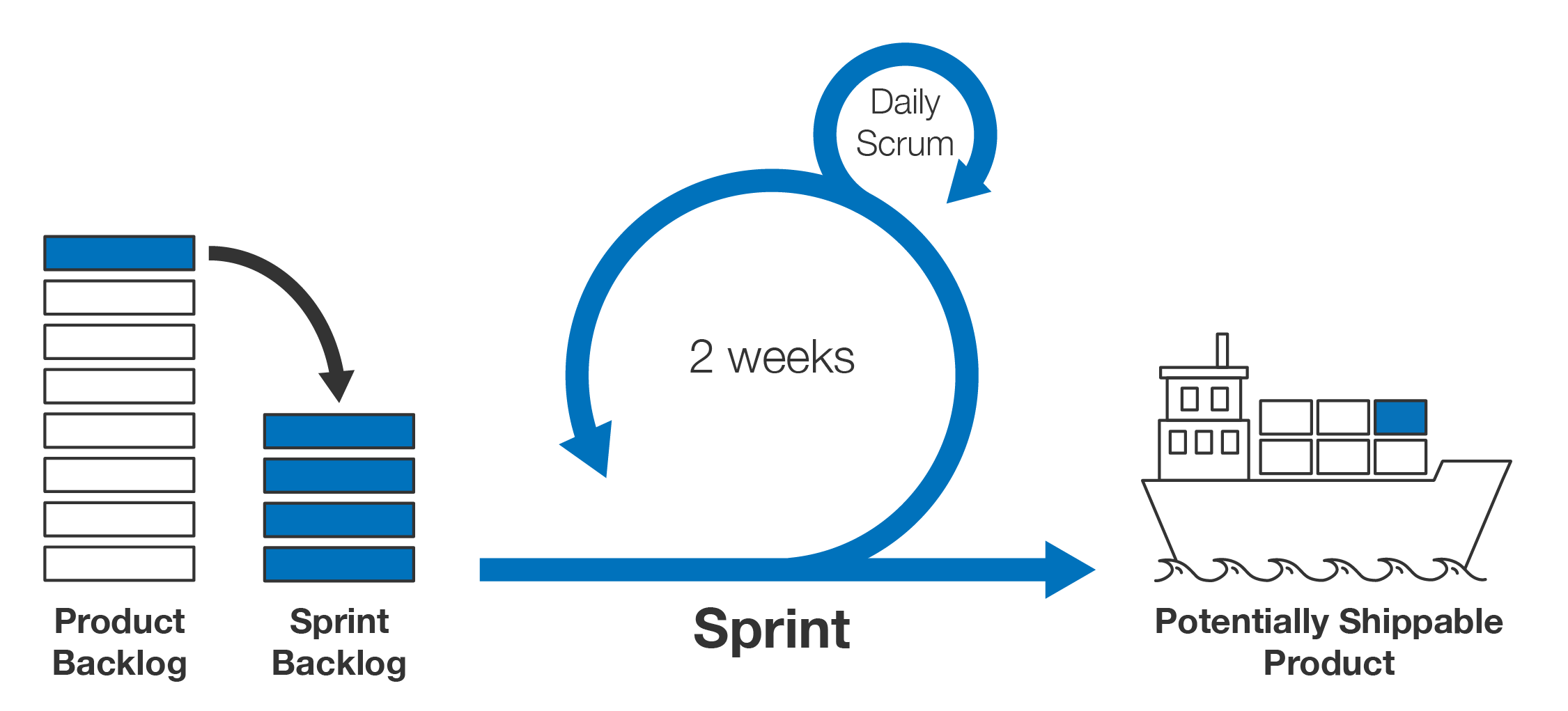
Why Agile?
- Truly useful software as the result of continuous collaboration with you and your users
- Low or no training costs because your users are involved every step of the way from user story development, through design and demonstration, to user acceptance testing
- Fewer defects because testers can concentrate on smaller blocks of functionality
- No lengthy defect repair cycles that can compromise deployment because defects are found and repaired as the system is developed
- Functioning software every two weeks means more transparency for your management and less risk for your company
- And most importantly…the agility to respond to your changing business needs through continuous backlog prioritization
Here’s how it works.
Lather. Rinse. Repeat.
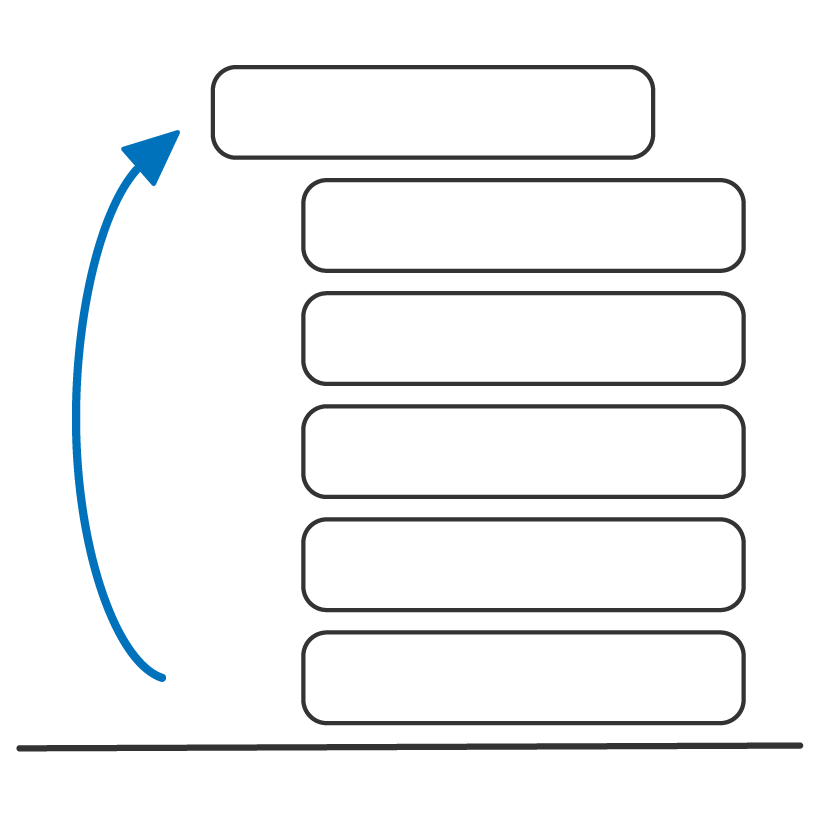
Plan.
First, we’ll collaborate with you to develop “user stories” that define the specific needs of the system being developed, known as the product backlog. Then at the beginning of each Sprint, you’ll review and prioritize the backlog to ensure the highest priority items are being developed first. The development team then plans the Sprint by selecting two weeks’ worth of work from the top of the backlog.

Plan.
First, we’ll collaborate with you to develop “user stories” that define the specific needs of the system being developed, known as the product backlog. Then at the beginning of each Sprint, you’ll review and prioritize the backlog to ensure the highest priority items are being developed first. The development team then plans the Sprint by selecting two weeks’ worth of work from the top of the backlog.
Design.
Collaborate. Collaborate. Collaborate. Whoever said two heads are better than one couldn’t have been more right. We’ll hold joint application design (JAD) sessions to clarify your work flow, pain points, and desires. This allows us to provide you with a truly intuitive and efficient design. Our team then takes all that information and designs a solution that will make you and your users exhale with relief.
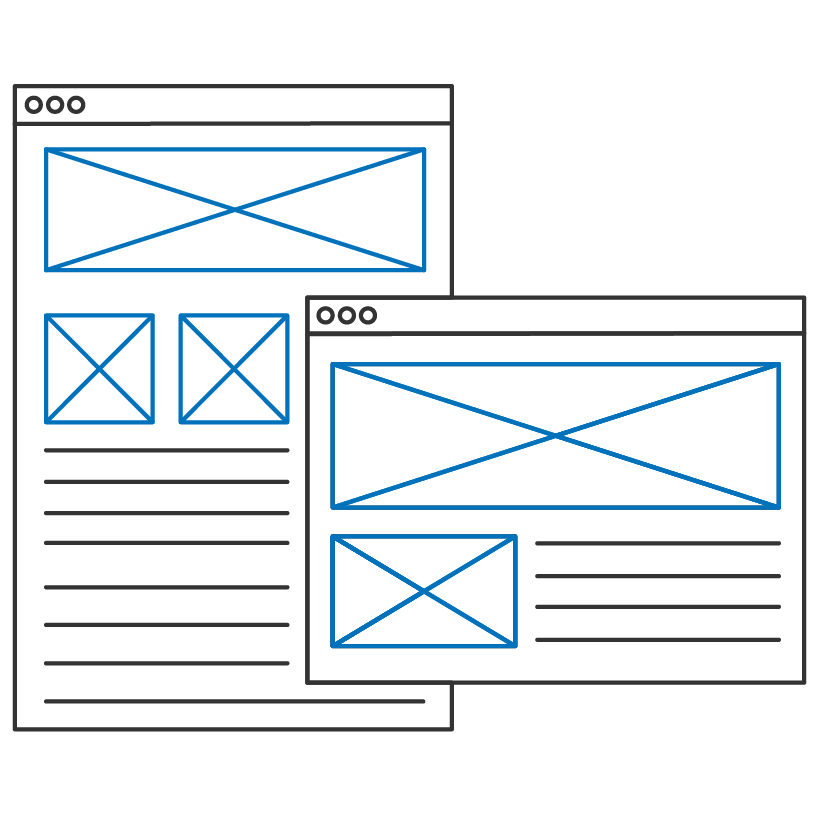

Design.
Collaborate. Collaborate. Collaborate. Whoever said two heads are better than one couldn’t have been more right. We’ll hold joint application design (JAD) sessions to clarify your work flow, pain points, and desires. This allows us to provide you with a truly intuitive and efficient design. Our team then takes all that information and designs a solution that will make you and your users exhale with relief.
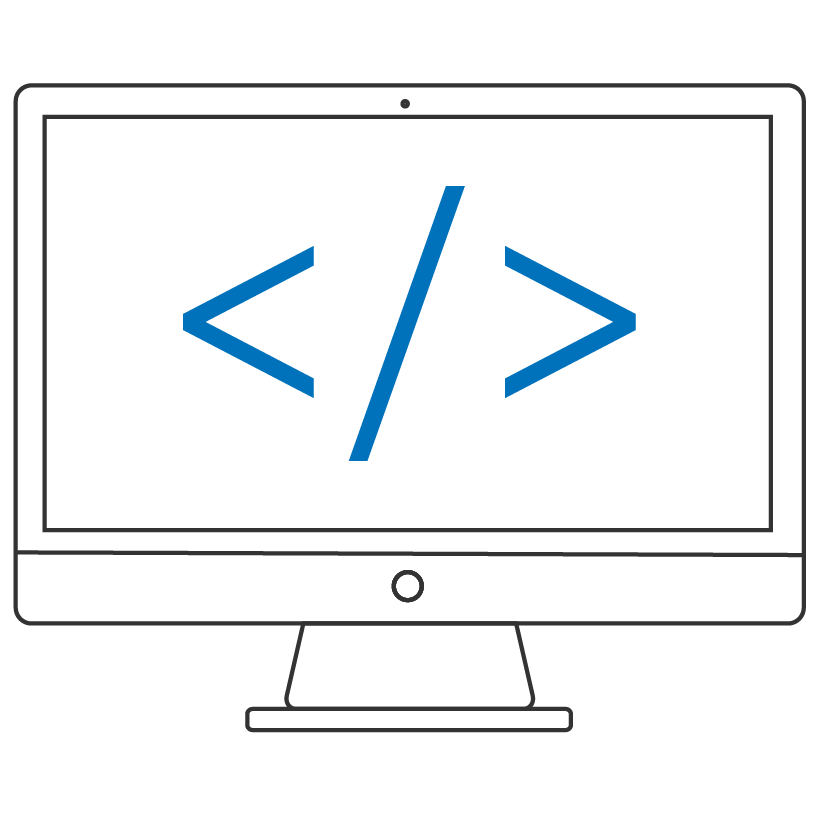
Develop.
Self-organization at its finest. With Scrum, our team works together to figure out who will do which development work to achieve the highest success. Our teams know where their individual strengths and weaknesses lie, so allowing them to control who does what in the development phase helps the team feel more satisfied. And we’ve noticed satisfied people produce higher quality work! Then, as the Sprint draws to a close, the team will showcase their work in a product demonstration, allowing you and your users to provide feedback before deployment.

Develop.
Self-organization at its finest. With Scrum, our team works together to figure out who will do which development work to achieve the highest success. Our teams know where their individual strengths and weaknesses lie, so allowing them to control who does what in the development phase helps the team feel more satisfied. And we’ve noticed satisfied people produce higher quality work! Then, as the Sprint draws to a close, the team will showcase their work in a product demonstration, allowing you and your users to provide feedback before deployment.
Test.
“Quality control” is our middle name, which is why we use state-of-the-art software to help automate certain kinds of testing and to support manual testing efforts. We’ll complete unit, functional, system, integration, and regression testing to ensure all new functionality works and all existing functionality still works after new functions are integrated. Once we’ve tested it all, we’ll work with your users in an acceptance test phase to assure them that the system will work just the way they need it to.
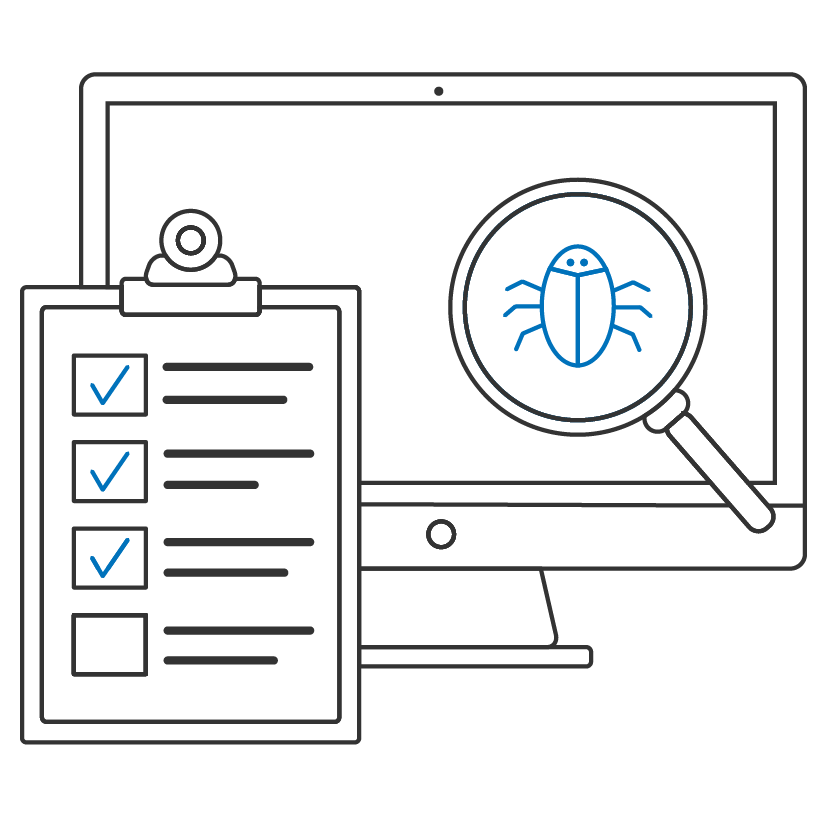

Test.
“Quality control” is our middle name, which is why we use state-of-the-art software to help automate certain kinds of testing and to support manual testing efforts. We’ll complete unit, functional, system, integration, and regression testing to ensure all new functionality works and all existing functionality still works after new functions are integrated. Once we’ve tested it all, we’ll work with your users in an acceptance test phase to assure them that the system will work just the way they need it to.
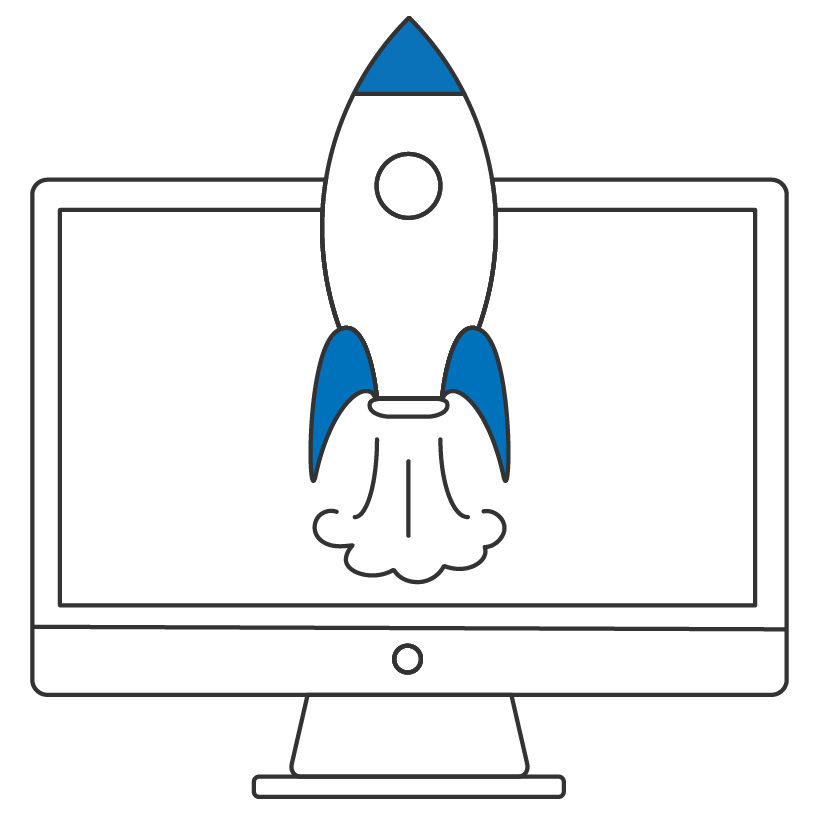
Deploy.
After your team has completed acceptance testing, the software is deployed to production. So in just two short weeks, we’ll be able to give you real functioning software. This process is then repeated to continuously develop the system until it fully satisfies your needs. And since you and your users will be participating every step of the way, they won’t need training! (Caution: this phase has been known to lead to extreme excitement and overwhelming joy.)

Deploy.
After your team has completed acceptance testing, the software is deployed to production. So in just two short weeks, we’ll be able to give you real functioning software. This process is then repeated to continuously develop the system until it fully satisfies your needs. And since you and your users will be participating every step of the way, they won’t need training! (Caution: this phase has been known to lead to extreme excitement and overwhelming joy.)
Trained to be agile.
We believe in this approach so much that we send many of our employees to training to become Certified Scrum Masters (CSM) and Certified Scrum Product Owners (CSPO). With over 35 CSM/CSPOs on staff, you can rest assured that your project is in good hands.
If you’re interested in learning more about the Agile Scrum framework, click here.
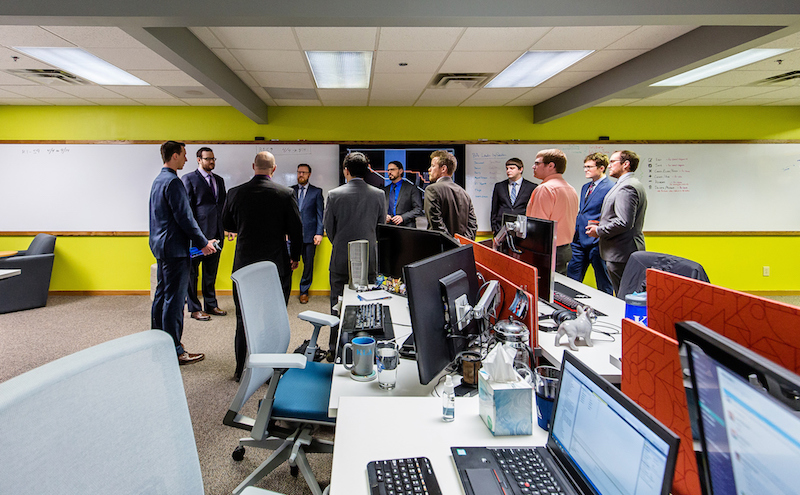

Trained to be agile.
We believe in this approach so much that we send many of our employees to training to become Certified Scrum Masters (CSM) and Certified Scrum Product Owners (CSPO). With over 35 CSM/CSPOs on staff, you can rest assured that your project is in good hands.
If you’re interested in learning more about the Agile Scrum framework, click here.
Is Agile right for you?
We sure think so. But if you need more convincing then take a look at all the successful projects we’ve completed in the past using the Agile methodology.